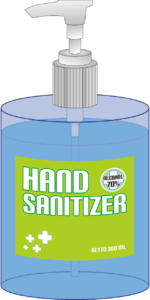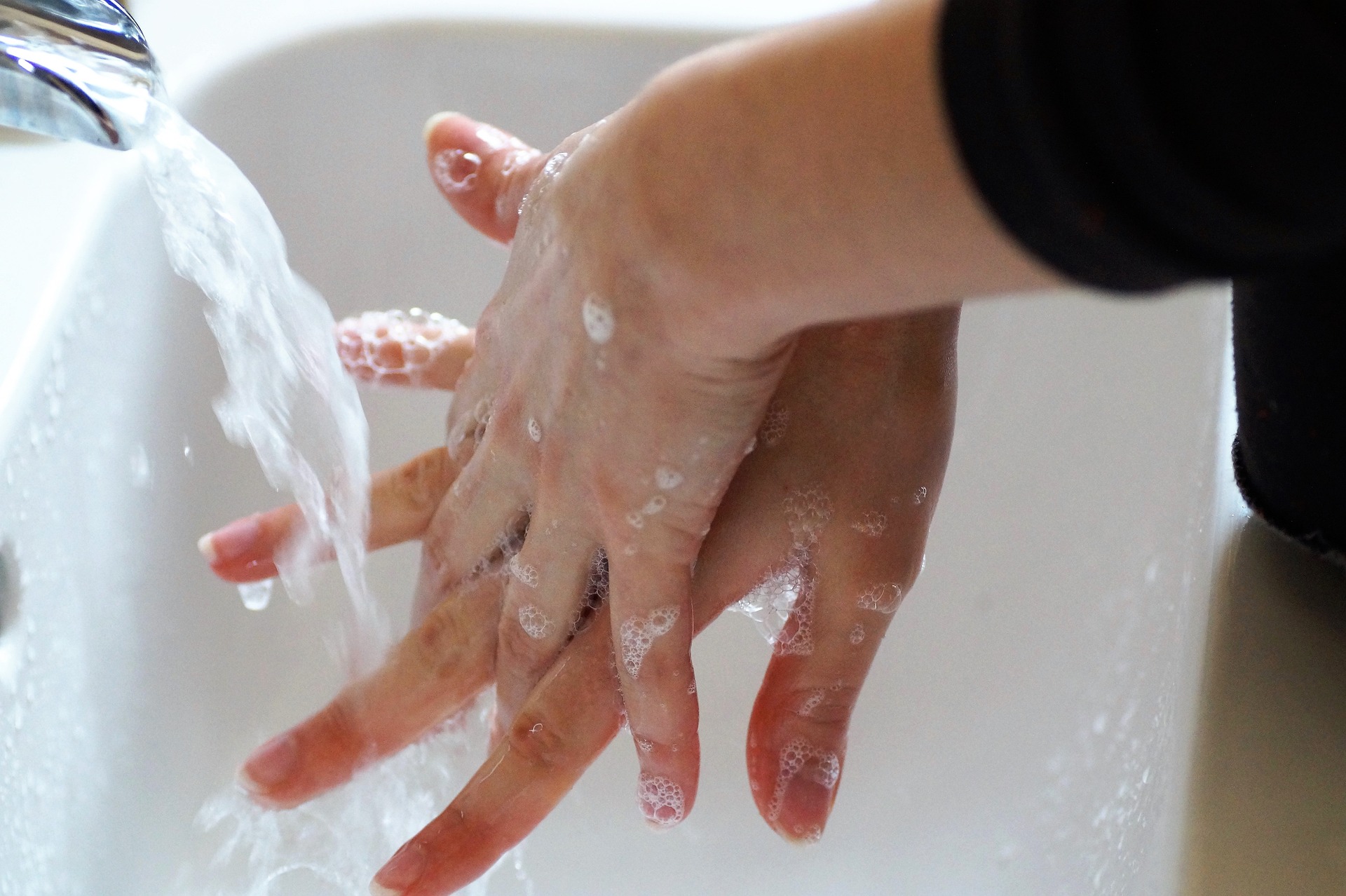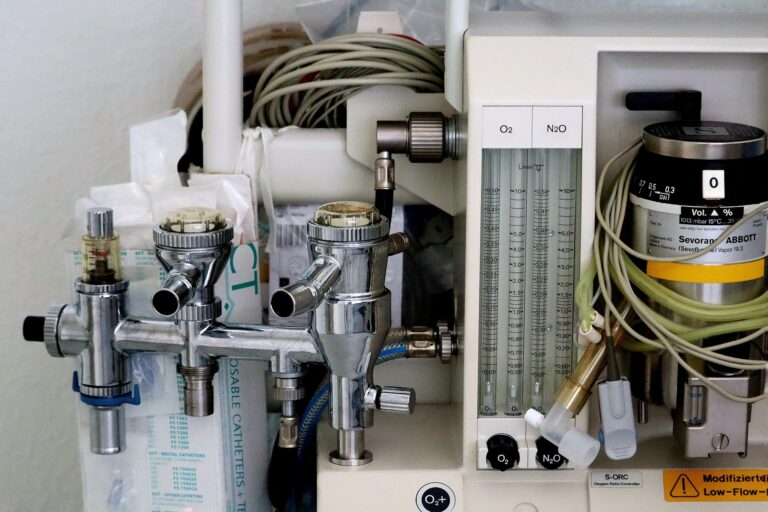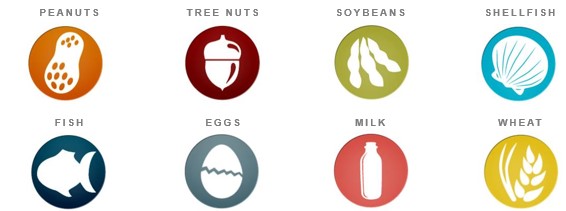Hand Washing Requirements for Food Processing-Personal Hygiene
Hand Washing is one of the most effective and fundamental way to prevent the spread of germs. Today we will be discussing about personal Hygiene and hand washing requirements for food processing. Personal Hygiene is one of the mandatory requirement of Good Manufacturing Practices. Hand Washing practices must be implemented on all the personnel entering any food manufacturing facility regardless their role or designation. All food processing units must understand Hand Washing Requirements for Food Processing-Personal Hygiene.
Who need to Wash Hand:
All food manufacturing sites personnel must wash hands before beginning work and after eating, drinking smoking, using the restroom and nobody should enter the food processing zone without washing their hands properly.

Requirements to have an effective hand washing Program
| Sr# | Hand Washing Program Requirements |
| 1 | Hand-washing stations must be placed in bathrooms, dressing rooms, and at every entry point to production and packaging areas of food processing facility. |
| 2 | All Employees are required to wash their hands properly before entering the food manufacturing area.. |
| 3 | Hand-washing facilities/stations must be available for employees to use after eating, drinking, smoking, and chewing gum, in order to clean their hands before returning to food production areas. |
| 4 | Hand-washing stations must be available for employees to use after handling waste to clean their hands. |
| 5 | Warm water (between 30-40 degrees Celsius) should be provided to encourage proper handwashing. |
| 6 | Taps should ideally be automatic, rather than requiring manual operation, in hand-washing stations. |
| 7 | Bactericidal liquid or foam soap in single-use pouches or cartridges must be supplied. If soap dispensers are refilled from bulk containers, a cleaning schedule must be established to empty and clean each dispenser every 4 weeks, and microbiological testing of the soap from these dispensers must be included in the facility’s microbiological sampling plan. |
| 8 | It is not recommended to use nail brushes. However, if they are necessary, the brushes should be attached to a chain that keeps them from resting in the hand-washing basin or trough. Nail brushes must be replaced frequently and should be included in the facility’s environmental monitoring program for swabbing. |
| 9 | Facilities for drying hands must be provided. High-velocity air dryers may be used in non-high care areas, but they must not be integrated into the tap or placed above a sink. A risk assessment should be conducted to ensure that the aerosols from dryers do not pose a risk of cross-contamination. A cleaning schedule must be in place to remove water pools from the “hands down” dryers and to ensure that water blown off hands onto the floors and walls is removed so that it does not become a source of cross-contamination. |
| 10 | In high care areas, only single-use disposable towels should be used for handwashing. |
| 11 | Bins for disposable towels must be of sufficient size to hold the necessary amount of discarded material between each bin change, and must not be allowed to overflow. If bins have lids, the lids should open automatically or by using a foot pedal. Lidded bins are not allowed in high care hand-washing areas. |
| 12 | Bactericidal gel hand sanitizer must be available at all handwashing stations and any other locations within the facility where handwashing sinks are not present. |
| 13 | Hand-washing stations must be designated for this purpose only and must not be used to clean any process equipment, packaging equipment, or tools. |
| 14 | All bactericidal soaps, foams, gels and any skin conditioners must be fragrance-free and have no odor. |
| 15 | Site food safety personnel must ensure a proper inspection plan for hand washing facilities, they must open the hand washing facilities to ensure their is no microbial growth and hand washing facilities are in good order all the times. |
| 16 | Proper Training to all the employees on how to wash hand effectively must be carried out ,there must be a plan for refresher training at least on annual basis. |

Hand Washing Procedure:
- Wet your hands with clean running water, and lather them with soap.
- Rub your hands together with soap to generate lather, making sure to cover the backs of your hands, wrists, the space between your fingers and under your nails.
- Clean your hands by rubbing them together thoroughly for at least 20 seconds.
- Rinse your hands thoroughly under clean running water.
- Dry your hands using a clean disposable towel or with automatic air dryer.
- Once hands are washed , use hand sanitizer gel to sanitize your hands.
- Hand Sanitization can be performed by following method.
- While alcohol-based hand sanitizers can effectively reduce the number of germs on hands in certain situations, they may not eliminate all types of germs. Furthermore, they may not be as effective when hands are visibly dirty or oily. so ensure hands are properly washed first before using hand sanitizer.
- Apply the gel product to the palm of one hand.
- Rub your hands together.
- Rub the gel over all surfaces of your hands and fingers until your hands are dry, which should take around 20 seconds.



